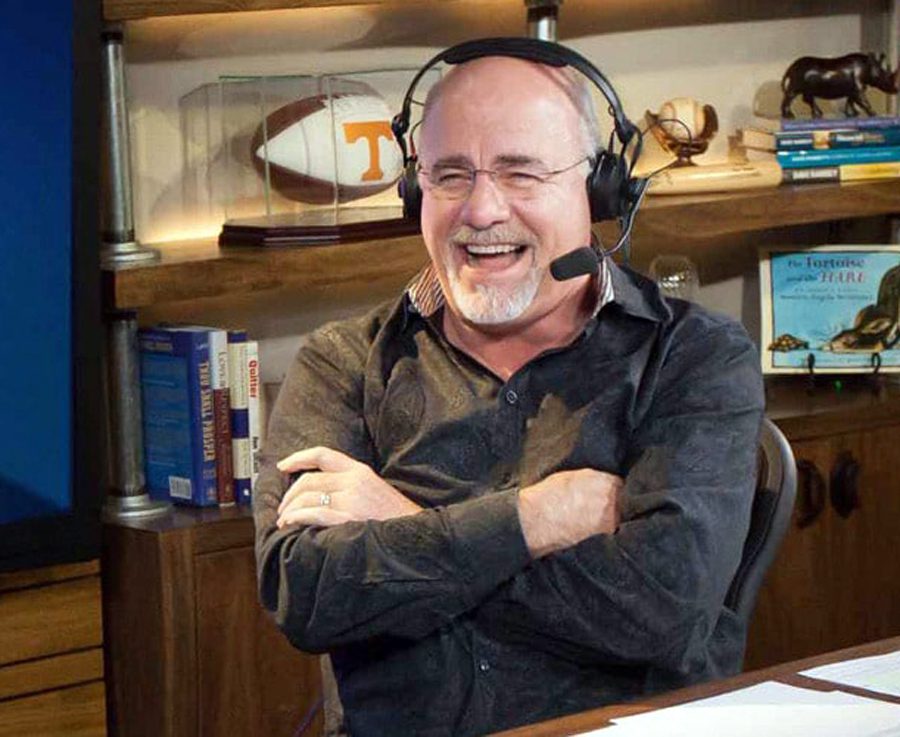
 By Rich Donley
By Rich Donley
Jan. 28, 2010
The Consumer Electronics Show held in January 2010 may eventually prove to be as important to the auto industry as this year’s economic recovery. The reason is that a full rebound of the industry depends on the willingness of auto companies to transform their product-development business model to incorporate the techniques that have enabled technology developers to thrive.
Translating what the consumer wants into what a vehicle offers has traditionally required years of development. Responding to changing consumer interests in technology has required only months (the next advancement in mobile phones), weeks (the next new online service) or minutes (a completely reconfigured news site in response to breaking developments). Automotive companies have been saying, “Look at what’s coming.” Technology companies say, “Experience it today.”
While differences are clear in automotive and technology products-the way they are designed, engineered, manufactured and delivered, their life spans, durability, safety and environmental regulations, costs and number of components-they also have similarities (including technology to optimize product design and simulation) and best practices they can share.
This is why the recent CES show was so important. The first roots of a tech-style revolution are finally beginning to really sprout from dashboards, as the convergence of automotive and technology becomes more mainstream across a number of vehicle segments.
Ford announced at CES, for example, plans for its voice-activated in-vehicle connectivity system, SYNC (powered by Microsoft). The company announced it would “turn vehicles into rolling WiFi hot spots,” and demonstrated how its vehicles soon will be able to parallel park automatically, provide alerts of vehicles in your blind spot, and warn you of cross-traffic as you’re backing out of a parking space. Ford is working with MapQuest to send driving directions directly to vehicles from computers via a “Send to SYNC” feature, and its Sirius satellite radios will offer instant replay, a sort of audio DVR.
Ford also identified that if it wanted to take SYNC to the next level, the company had to adopt an open source community model for future application development. Ford recently did that by embracing the app marketplace, which will allow consumers to seamlessly integrate their mobile devices and content into their vehicle communications.
But these are bright spots on what continues to be a dim playing field. There are lessons to be learned from the best practices of the technology industry, and there is deep product-development knowledge to be gained from the auto industry’s century of experience.
Now is the time for the automotive and technology industries to “get it”-to finally embrace partnerships, share best practices and speak the same language, if we expect clean technology such as alternative energy vehicles to become a reality and America to regain its manufacturing prowess.
We need more revolution, a faster revolution, so that the automotive industry’s development model might actually move fast enough for a given vehicle to avoid becoming outdated by the time it is introduced.
Detroit and Silicon Valley must work together and communicate with each other more effectively. These are the steps we should be taking this moment:
1. The automotive and technology industries must forge true partnerships and share best practices. This approach is critical if technology companies, including cleantech startups (in transportation, efficiency, storage and infrastructure segments) want to be taken seriously by automakers/industrial companies and if the automotive/industrial companies want to be on the leading edge of technology.
2. Automotive/industrial needs to be more agile and innovative and introduce new and green technologies into its products.
3. Technology/cleantech companies must understand the needs of the well-established automotive/industrial companies to become their supplier partners.
4. The automotive, technology and cleantech industries need to speak the same language-not only to improve time to market, but also to make vehicles better, more efficient and environmentally friendlier, while still being affordable.
5. Communicators should not communicate for communication’s sake but to drive action, create and foster fast companies, and bridge the gap between technology/cleantech and automotive/industrial.
We must communicate and act now. Alternative-energy vehicles and clean technologies will go mainstream, but the transition is taking longer than it should. Together we can communicate the best we have to offer each other to accelerate the process, act upon the plans and deliver on the promises.
Are you on board?
For more on this Point-of-View, “Alternative Energy Vehicles, Clean Technologies Going Mainstream - Pipe Dream or Reality?,” download the paper at http://www.airfoilpr.com/expertise/cleantech.
Rich Donley, APR, is vice president and cleantech industry leader of Airfoil, an independent firm with offices in Southfield, Mich. and Silicon Valley which represents Microsoft, among other clients. The company specializes in marketing communications and public relations for both emerging and established technology companies across a multitude of technology segments in consumer, enterprise, health care, industrial, cleantech and automotive.








